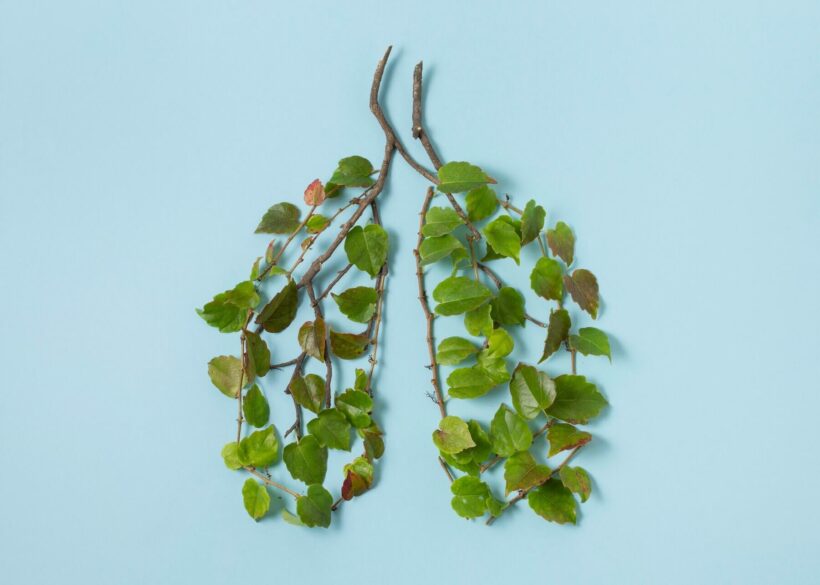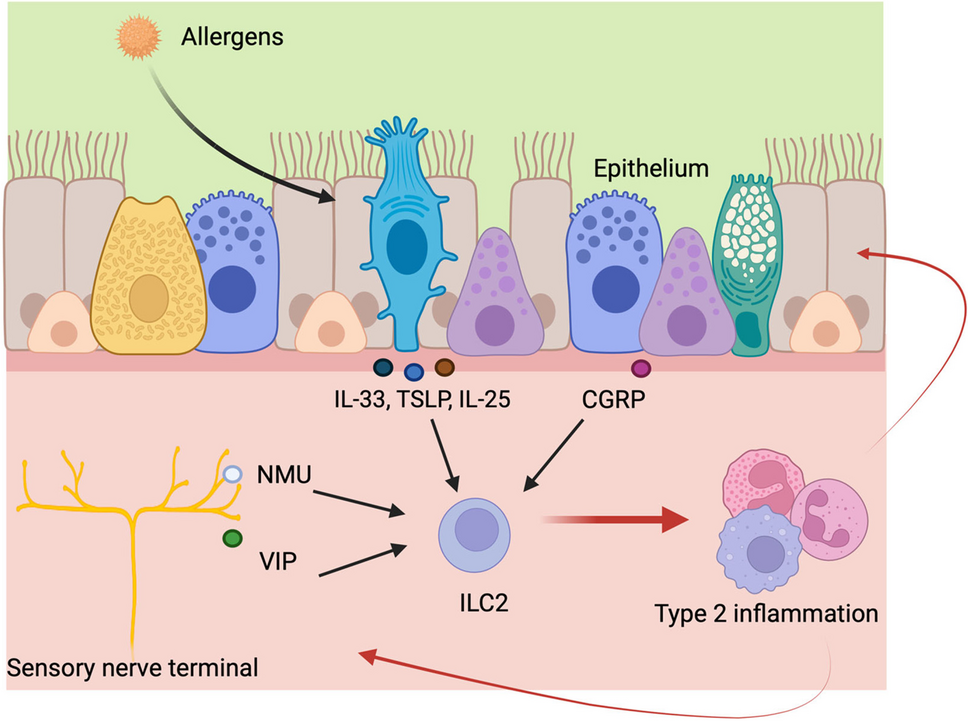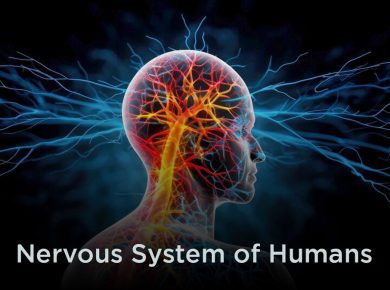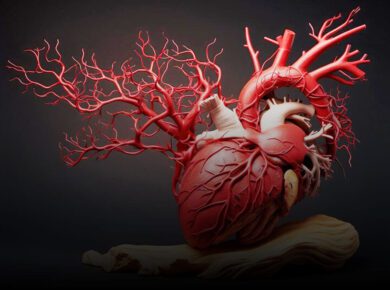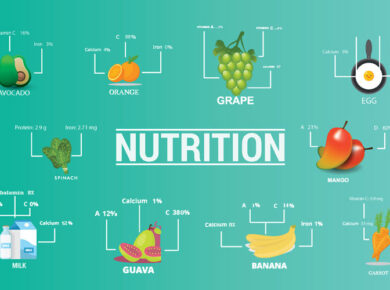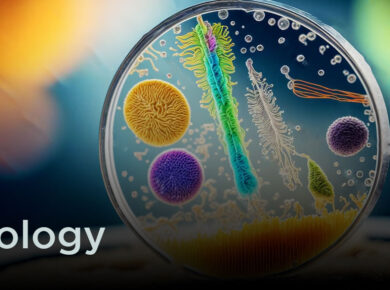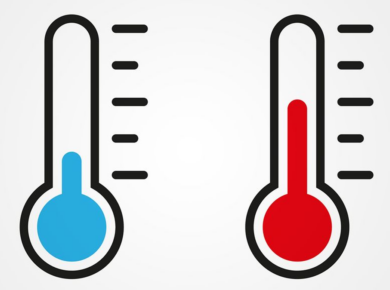Non Respiratory Functions
Lung defense mechanisms
Airways epithelial cells can secrete a variety of molecules that aid in lung defense. Secretory immunoglobulins (IgA), collections (including Surfactant A and D), defensins and other peptides and proteases, reactive oxygen species and reactive nitrogen species are all generated by airway epithelial cells.
These secretions can act directly as antimicrobials to help keep the airway free of infection. Airway epithelial cells also secrete a variety of chemokines and cytokines that recruit the traditional immune cells and others to site of infections.
Metabolic and endocrine functions of the lungs
In addition to their functions in gas exchange, the lungs have a number of metabolic functions. They manufacture surfactant for local use, as noted above. They also contain a fibrinolytic system that lyses clots in the pulmonary vessels.
They release a variety of substances that enter the systemic arterial blood, and they remove other substance from the systemic venous blood that reach them via the pulmonary artery.
Prostaglandins are removed from the circulation, but they are also synthesized in the lungs and released into the blood when lung tissue is stretched. The lungs also activate one hormone, the physiologically inactive decapeptide angiotensin I is converted to the pressor, aldosterone stimulating octapeptide angiotensin II in the pulmonary circulation.
The reaction occurs in other tissue as well, but it is particularly prominent in the lungs. Large amounts of the angiotensin converting enzyme responsible for this activation are located on the surface of the endothelial cells of the pulmonary capillaries. The converting enzyme also inactivates bradykinin.
Circulation time through the pulmonary capillaries is less than 1 s, yet 70% of the angiotensin I reaching the lungs is converted to angiotensin II in a single trip through the capillaries. Four other peptidases have been identified on the surface of the pulmonary endothelial cells.
Vocalization
The movement of gas through the larynx, pharynx and mouth allows humans to speak or phonate. Vocalization, or singing in birds occurs via the syrinx an organ located at the base of the trachea.
The vibration of air flowing across the larynx (vocal cords), in humans and the syrinx in birds, results in sound. Because of this gas movement is extremely vital for communication purposes.
For more updates, visit www.iasmania.com. Please share your thoughts and comments.
If you’re passionate about building a successful blogging website, check out this helpful guide at Coding Tag – How to Start a Successful Blog. It offers practical steps and expert tips to kickstart your blogging journey!
